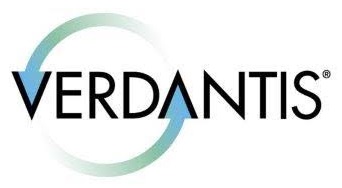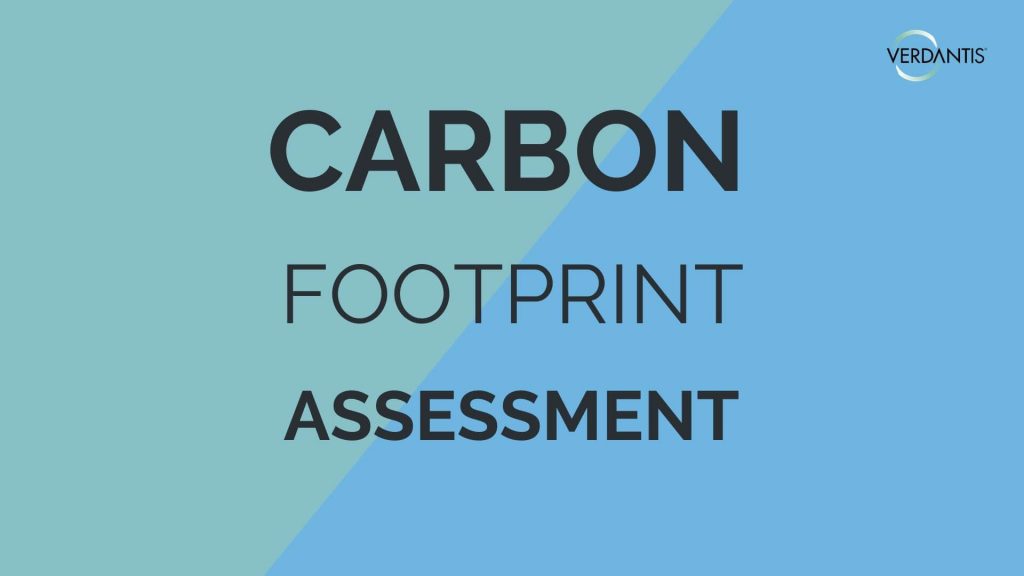A Carbon Footprint Assessment measures total greenhouse gas emissions caused directly or indirectly by a person, organization, event, or product. It is often used by companies to help them measure energy utilization and emissions at their facilities to find cost savings and waste reduction opportunities. The findings from a preliminary assessment would allow an organization to conduct an Energy Audit with the goal of establishing and meeting specific measurable carbon reduction targets.
Let us consider how a large sports complex could go about completing an assessment to reduce its overall carbon footprint with the help of a cleantech or carbon advisory partner.
In 2018, the Easton Newberry Sportsplex in Florida received national recognition and was named number three in the top 10 southern indoor sports facilities by the PTM Group Sports Planning Guide. The Florida Gators Team occupies roughly 74,000 square feet in the complex. Energy consumption at the Sportsplex is measured at a central location for the whole building and the Gators Team’s share is therefore indistinguishable. We can assign the carbon footprint as a proportional share of the utilized space. The total size of the complex is 365,000 square feet.
The energy consumption at the complex is fairly constant throughout the year with only a mild increase in the summer. A professional crew services the offices daily to clean the offices and then puts the office to ‘sleep’ in the early evening hours. Energy is supplied by Progress Energy, which has a comparatively low carbon coefficient due to extensive nuclear and natural gas generating assets. The carbon footprint of the complex is based on electric and water consumption as well as waste generation.
To conduct a baseline assessment, the cleantech partner works with the operator of the complex to collect all the required data such as the building’s electricity and water utility bills for the last 12 months. The utility bills contain electricity and water consumption data for each month. Each monthly bill contains electricity consumption data from the meters used to measure consumption at the complex. Because the Gators Team staff utilizes a substantial amount of space in each metered area, the monthly total from all the meters can be calculated using the figure for total kWh. The appropriate emission factor for electricity consumption can then be calculated for a 12 month period using the EPA’s eGRID web application.
The utility bills also contain water consumption data for each month in Kgals. The emission factor for water consumption is about 720 grams of tCO2* per Kgal. This figure is sourced from the Gainesville Regional Utilities (GRU) and reflects energy use associated with water extraction, treatment, and distribution. It should be noted that emissions from energy embedded in water vary widely across the United States.
The data for waste consumption can also be collected, although it may come from multiple sources. Each month, the complex generates roughly 2.5 metric tons of waste. The emission factor used for waste is about .12 tons of CO2 per wet ton of waste. This figure is sourced from the EPA’s Greenhouse Gas Emissions from Management of Selected Materials in Municipal Solid Waste.
By using these data points for electricity and water usage and waste generation, and following GHG Protocol standards, the cleantech partner can help the operator of the complex develop strategies to reduce emissions by adding energy efficiencies, recycling activities, renovations, and conservation efforts.
VerdantIShelps companies complete end-to-end carbon footprint assessments for Scope 1,2 and 3 emissions, identifies opportunities for emissions and waste reduction, and provide tools and strategies to support their corporate sustainability and marketing objectives.
* tCO2 – a metric ton of equivalent carbon dioxide

